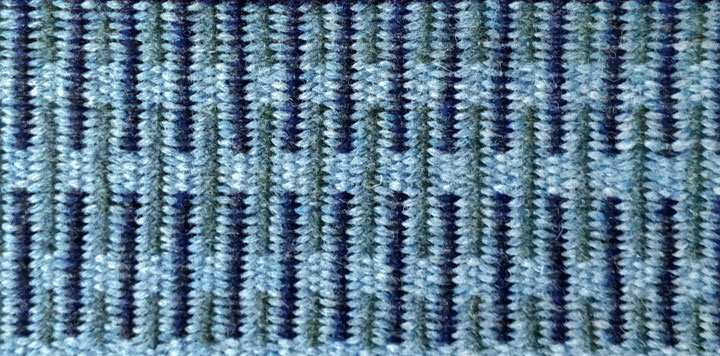It is a spectacularly warm and sunny day out there. The kind of day that wreaks havoc with my crafter's "pale and interesting" complexion. So what's a woman to do? Many of my friends are posting images of their newly weeded flower beds, neatly trimmed lawns and other fruits of their gardening labour. I have no interest in gardening though I do very much enjoy the gardens others create, but I forced myself outside for fifteen minutes with a coffee on the patio to top up the vitamin D and then it was back inside to do what I do best: avoid the sun.
So was I relaxing with the inkle loom and that pretty band I warped up earlier in the week? Nope. I was back with the krokbragd.
I know, I know, I keep saying I will just work on a limited number of projects at a time but this is only project number three if you don't count the pile of mending that needs doing and the trousers pattern that I need to recut and...
If you remember from the 21st May 2021 - I was so enjoying working on the krokbragd sampler than I decided to warp up my 24" loom to make a rug for the bedroom.
So far I have completed two pattern blocks - as you can see. I was toying with the idea of interlocking them, but I quite liked the separation between the patterns in the sampler so I've kept that aesthetic here.
I originally thought I might go for softer colours with a lower contrast than you normally seem to see in krokbragd. These blues and green certainly produced what I wanted, but I am really liking the striking contrast between the soft grey and the navy and black marl yarn used in the top image, so I suspect the finished rug is going to have a mix of those high and low contrast blocks. It will be interesting to see how the colour scheme progresses. Well I'll be interested to see it.
What are your thoughts? Do you like the low contrast colours or are you all about the sharp definition? Why not share your views in the comments?












